Vietnam-made medicines swallowing a bitter pill
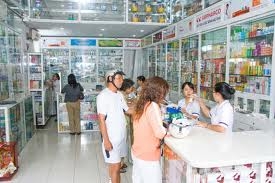 According to the Ministry of Health (MoH), Vietnam is home to 178 drug-makers and more than 300 oriental medicine facilities, meeting 50 per cent of the demand for prevention and treatment of diseases. In addition, locally-made medicine is also shipped to other markets such as Bangladesh, Pakistan, Singapore, Laos and Cambodia. However, the use of domestic medicines in hospitals and clinics is scarce.
According to the Ministry of Health (MoH), Vietnam is home to 178 drug-makers and more than 300 oriental medicine facilities, meeting 50 per cent of the demand for prevention and treatment of diseases. In addition, locally-made medicine is also shipped to other markets such as Bangladesh, Pakistan, Singapore, Laos and Cambodia. However, the use of domestic medicines in hospitals and clinics is scarce.
MoH statistics show that hospitals only spent 47 per cent of budgets on domestic medicines, down as compared with 2007, at 49 per cent. Especially, central-level hospitals spent merely 12 per cent on locally-made drugs. Meanwhile, district-level hospitals hit the highest rate, at 62 per cent.
“The modest rates are resulted from the psychology of preferring foreign medicines to local ones by doctors and patients,” said MoH Minister Nguyen Thi Kim Tien.
Another reason was prescribers receive a ‘commission’ from foreign pharmaceutical firms so many prescriptions contain expensive medicines, she added.
Le Van Nha Phuong, vice general director of Domesco Medical, said: “Domestic medicines are inferior to foreign ones due to the psychology of preferring foreign products.”
Currently, the quality of Vietnam-made pharmaceuticals are equivalent to that of the imported ones, while prices of domestic medicines account for only 20-40 per cent of foreign pharmaceuticals, said Phuong.
“Many people think the more expensive medicine is, the more effective it brings. It is wrong. Imported pharmaceuticals are expensive because of high production costs in foreign countries, plus transportation costs and import taxes,” he noted.
Le Van Truyen, former deputy Minister of the MoH, said domestic pharmaceutical makers have not conveyed information about the quality of their products to prescribes. Secondly, state pharmaceutical management bodies must convey messages about the quality of domestic pharmaceuticals to patients and the medical circle. Thirdly, when entering the World Trade Organization, Vietnam lacked technical barriers to low-quality imported medicines, causing mixtures for consumers who think foreign medicines must be better than domestic ones. Finally, granting state budget to hospitals and health insurances must be considered a financial tool to control the use of medicines in hospitals and health insurance bodies.
“Vietnamese pharmaceutical producers must prove the quality of their products. When we feel secure about the quality of pharmaceuticals we will surely use,” said a doctor from Hanoi-based state-run Bach Mai Hospital.
Nguyen Tien Quyet, director of Vietnam-Germany Hospital, said “The conscience of doctors is to ensure their patients get better. We support the viewpoint of using local medicines with a condition that such medicines must cure diseases for patients.”
According to the MoH, Vietnam spent $1.1 billion on medicines in 2008, $1.2 billion in 2009 and is estimated to expense $1.7 billion in 2013. By 2015, the country also targets to satisfy some 60 per cent of pharmaceuticals for prevention and treatment of diseases and increase the rate of using local medicines at central-level hospitals by three percentage points, at provincial and city-level hospitals by four percentage points and at district-level hospitals by five percentage points. In addition, Vietnam also targets that all pharmaceutical trading and making facilities will reach good manufacturing practice standard by 2015.
What the stars mean:
★ Poor ★ ★ Promising ★★★ Good ★★★★ Very good ★★★★★ Exceptional
Related Contents
Latest News
More News
- Spanish PM’s trip paves way for stronger cooperation with Vietnam (April 08, 2025 | 16:01)
- Ho Chi Minh City’s financial ambitions must possess the authority of the tiger (April 08, 2025 | 15:50)
- AmCham urges US to consider tariffs grace period (April 04, 2025 | 16:34)
- The Ministry of Finance commits to support Intel (April 04, 2025 | 16:11)
- Robust market could pull in fund appetites (April 04, 2025 | 15:52)
- Foreign direct investment off to stirring start in 2025 (April 04, 2025 | 15:44)
- Leaders vow to soothe FIE project headaches (April 04, 2025 | 15:10)
- Korean groups call for tax processes to be timely ironed out (April 04, 2025 | 15:01)
- Successful lifting of Long Thanh International Airport central terminal steel roof structure (April 04, 2025 | 12:00)
- Belgian royals attend inauguration of service-office complex in Quang Ninh (April 03, 2025 | 14:36)

 Tag:
Tag:
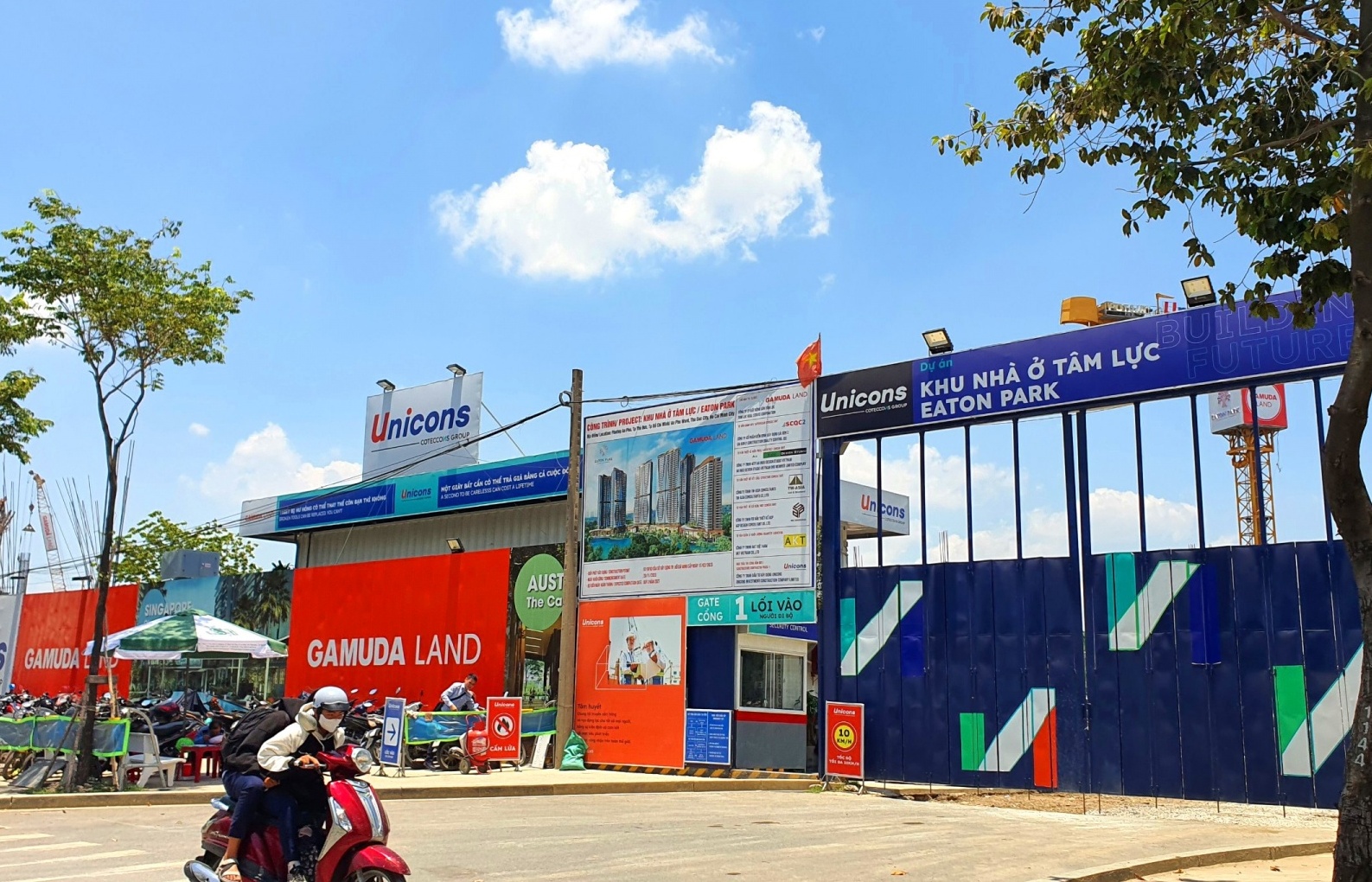


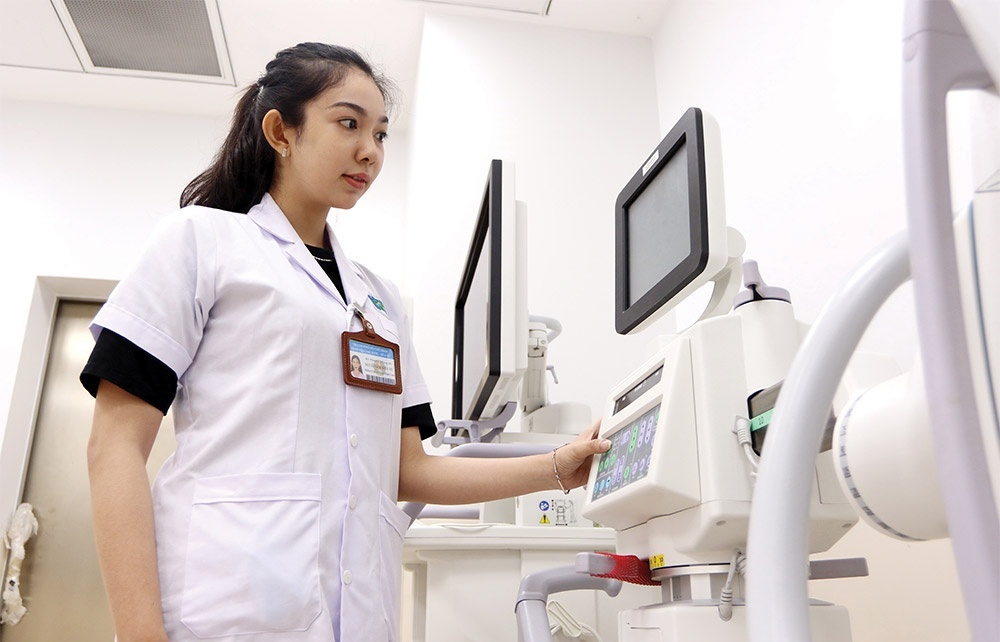
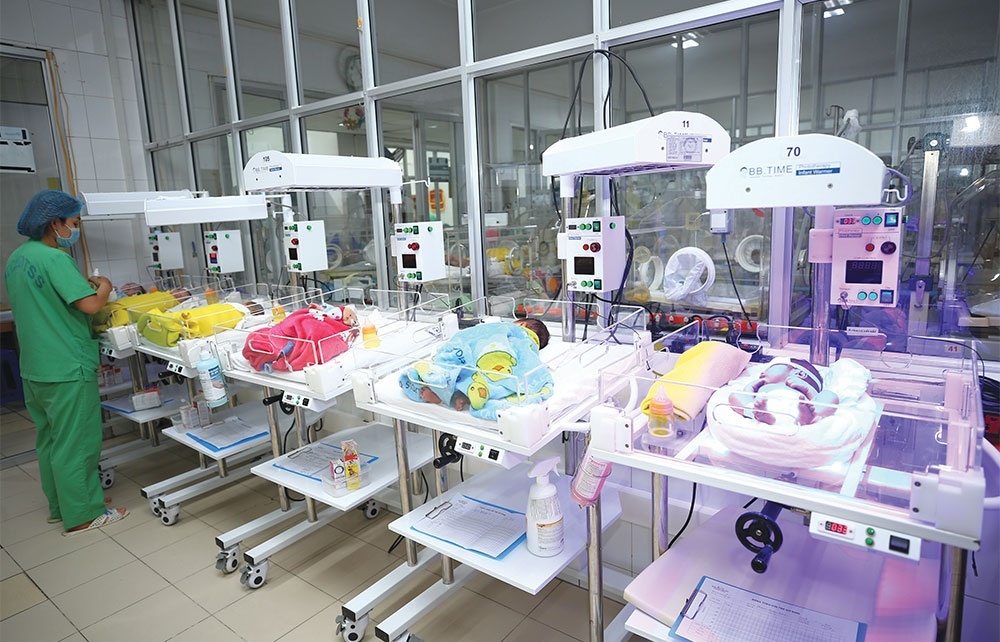

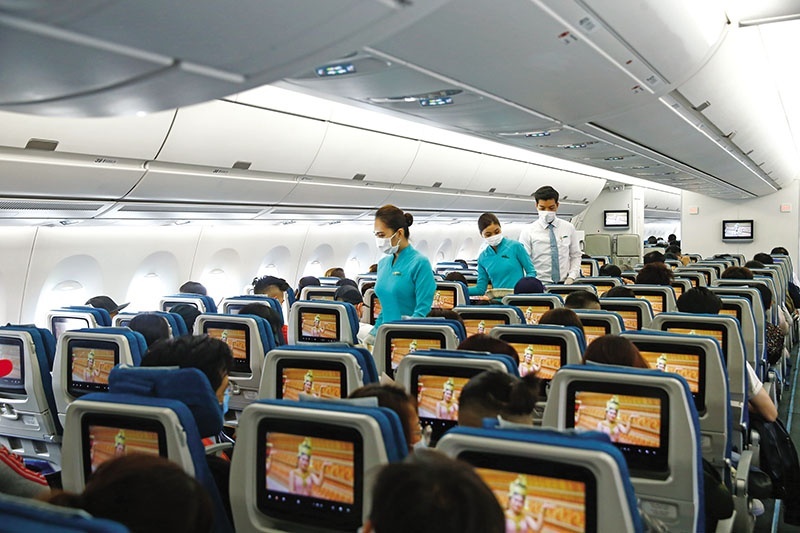
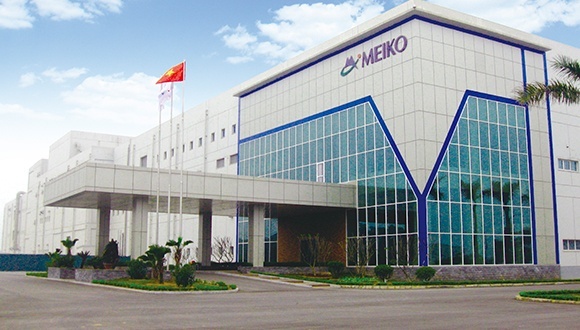









 Mobile Version
Mobile Version